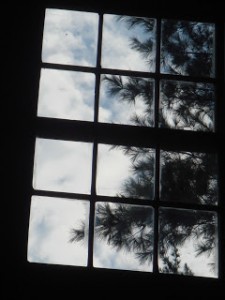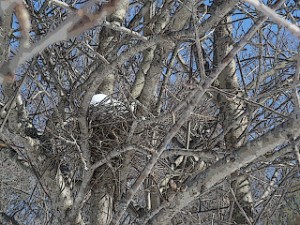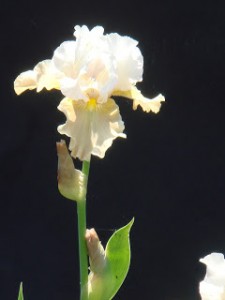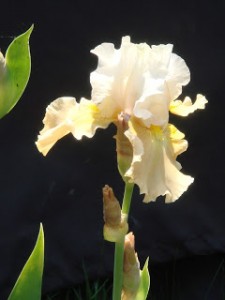
A while ago, I began writing a daily haiku as a form of meditative practice. Then, as often happens when we say we’re ready and open to something new, all sorts of doors began to open for me in connection to this art form. I began to see how much I didn’t know about it and how much I wanted to explore and further develop my practice of it.
Most everyone has heard of these little poems that can be spoken in a breath. Many of us have even written one or two in school using the traditional Japanese model. That is: three lines with 5, 7, and 5 syllables per line. We learned that they are usually nature themed and often contain a season or nature word or phrase, though we may not have learned that this is known as a kigo.
What I came to realize only recently, is that American haiku don’t stick to the 5, 7, 5 format. They are usually three lines long, and are made up of approximately 17 syllables (sounds),but they are freer in style. I must admit that finding out that American haiku purposely depart from the syllable count surprised this former English teacher of a certain age. And to that I say, open me up and teach me more!
In April, I heard about a workshop with teacher and poet, Mimi White, on the haibun, a form related to haiku. On a lark, I went. (I am a strong believer in the benefits of traveling by lark!) I was totally enchanted by Mimi’s teaching style and by this art form. Mimi explained and demonstrated that a haibun is a combination of short narrative prose paragraphs (poetic in nature) and haiku. They are used to recount travels or journeys, every day experiences, or special moments in life. Mimi’s book, listed below, is about the time leading up to her father’s death and is hauntingly beautiful. She invited us, near the end of the workshop, to write one or our own. In a very short time and with very few words, I explored my experience of the particularly long and deep winter that had just passed. It felt comfortable to me. Thus, I wrote my first haibun:
Spring is finally calling me back outside. Too long I’ve sat. Too long I’ve settled. Too long I’ve lingered on the too soft sofa looking out into the too white world. Waiting. Wanting. Willing the whiteness to take its leave!
toward the chuckling brook
I’m walking on tree shadows
mingling with the melt
Serendipitously, while at the workshop, I was invited by a friend to accompany her and Mimi to a day retreat at Rolling Ridge in North Andover, MA, called, “The Art of Awareness: Haiku Now.” I signed on. Another lark ride. (Did you know that a group of larks lifting off together in song is “an exaltation of larks?” I just love that.)
Haiku offer far more than their brevity might suggest. They embody the essence of simplicity. They capture a moment in concrete detail. They speak to us on many levels. They keep us grounded in the present moment. They get us to pause and observe.
As Jeanne F. Martin, the day’s workshop leader, says, “The best way to write a haiku is to remember what we were taught as children: Stop. Look. Listen.” Writing one is truly an exercise in presence and awareness. According to Martin, the great Japanese Haiku master, Basho, said, “In haiku there is nothing between you and the present moment.” He also said, “You learn about the pine from the pine.”
As part of our group experience, Martin set out sprigs of herbs and other aromatic items and invited us to write. For me, this became:
a childhood romp
running my fingertips
through thyme
After lunch, we were sent outside to observe, be in nature, and meet the present moment. We were asked “to learn from the pines,” so to speak. We were also asked to bring something back with us when done. At the entrance of one of the two labyrinths there, I stood in the wind, experiencing my surroundings. Out of this came the following haiku:
a sudden gust
a leaf aloft
a feather at my feet
I brought back the little feather and laid it on the cloth-covered table which had become a sort of altar with the other gatherings of the other poets.
I was reminded that day, that haiku rarely include metaphor or personification. They are of the immediacy of the moment. They need few, if any, adjectives or adverbs. There is often a surprise or, in Jeanne Martin’s words, “a pop,” in the third line. And that, in the words of Margaret McGee in A Sacred Art, “A haiku expresses the heart of a moment in three lines.”
Since these workshops, I’ve deepened my study of haiku by reading, writing, and immersing myself in “haiku mind.” As described by Patricia Donegan, “It is this way of being in the world with awakened open-hearted awareness — of being mindful of the ordinary moments of our lives — that I’ve come to call “haiku mind.” As I explore, I’m reminded again and again to pay attention and to pause and experience the sacred in the everyday, … the commonplace, … the smallest detail. I’m inspired, then, to write about it. — Every day, just three short lines that can be spoken in a breath.
Come and explore this with me, won’t you. Write a haiku, write a haibun, read some of both. And next, I’ll tell you about haiga!
* I have since joined the Haiku Society of America and look forward to receiving their journal, Frogpond.
Books on my table for further exploration:
Haiku Mind — 108 Poems to Cultivate Awareness & Open Your Heart
~ Patricia Donegan
The Haiku Handbook How to Write, Teach, and Appreciate Haiku
~ William Higginson and Penny Harter
Memory Won’t Save Me a haibun
~Mimi White



